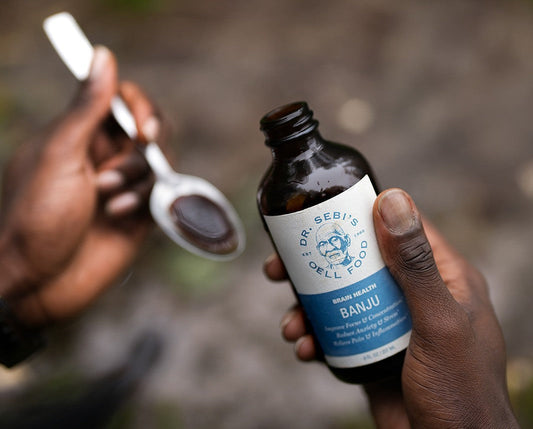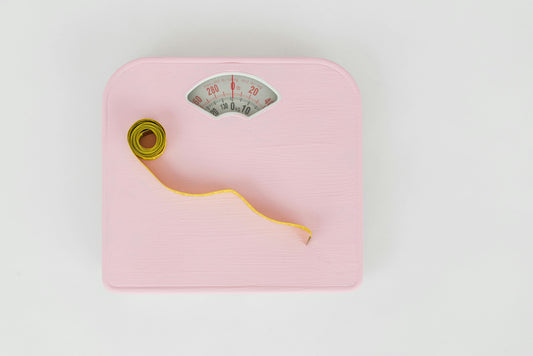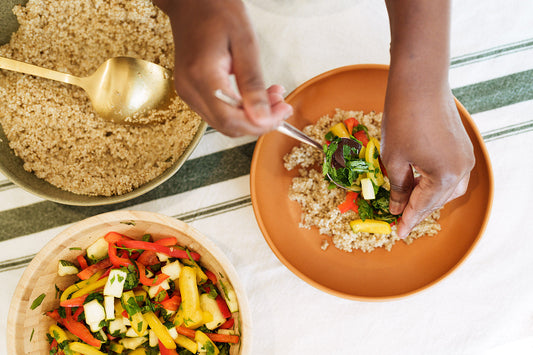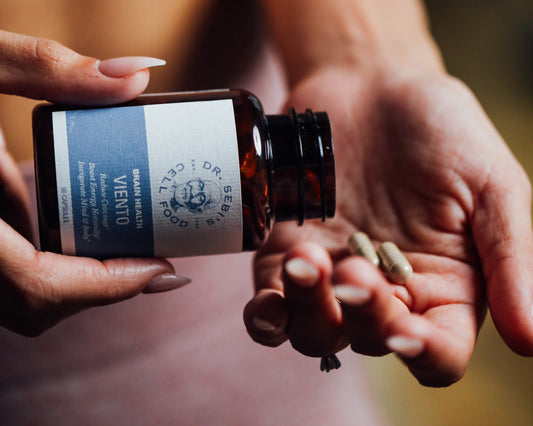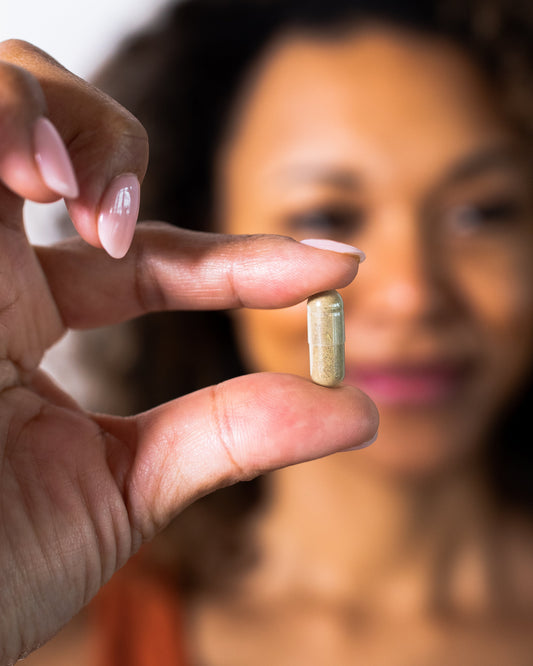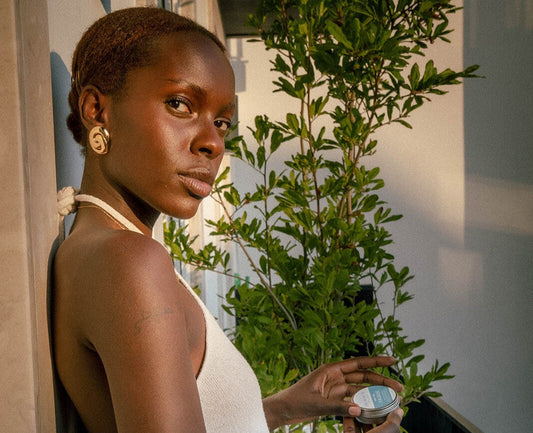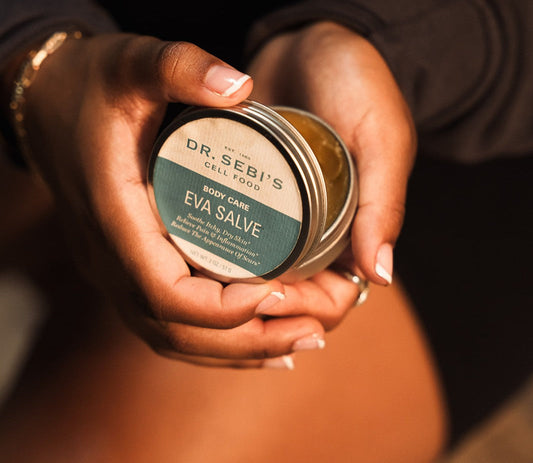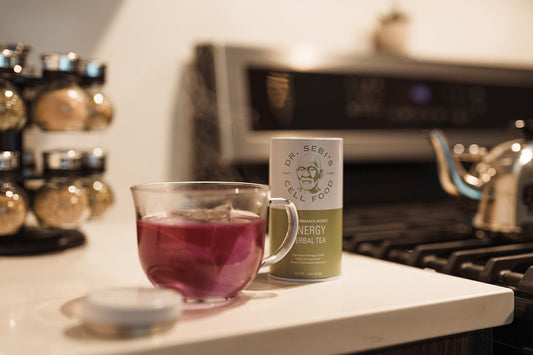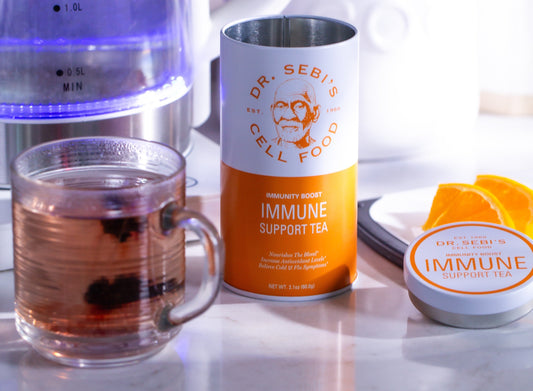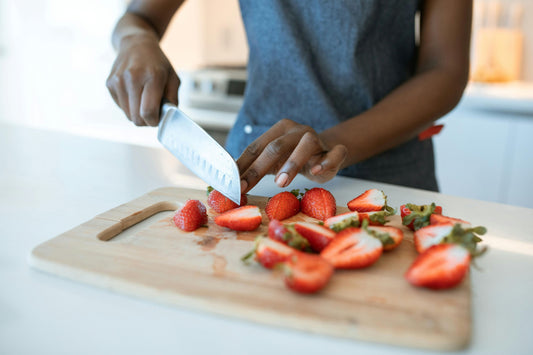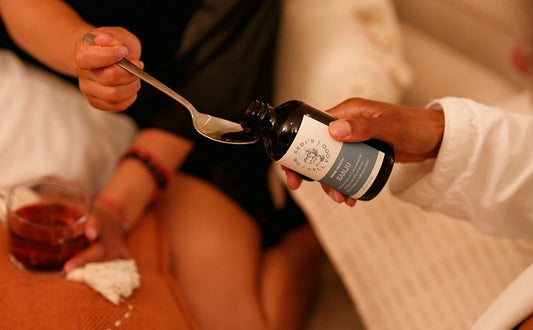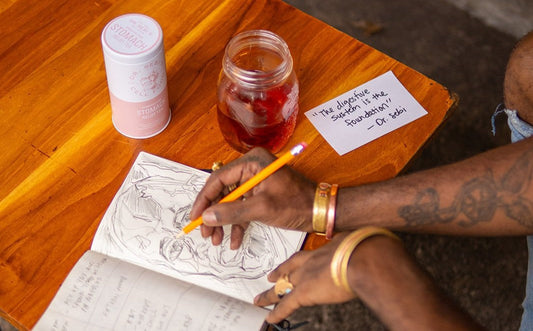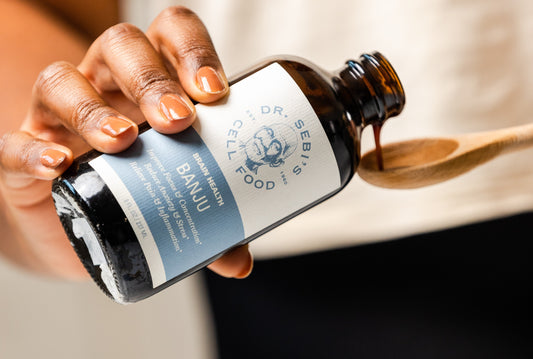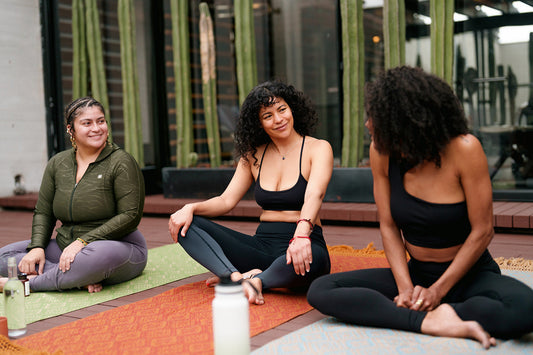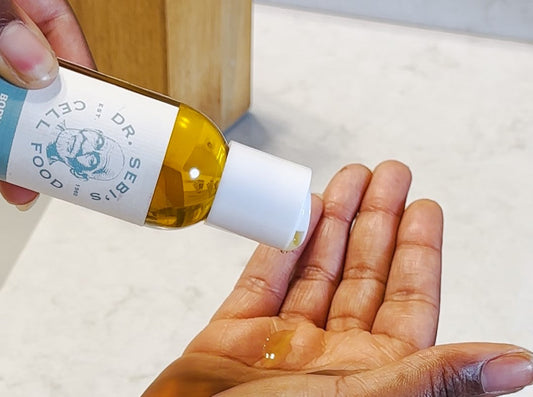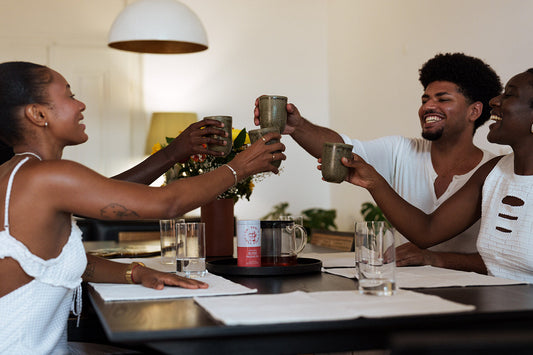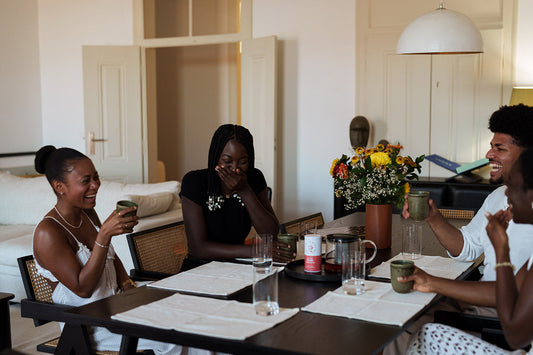Imagine a future where breast cancer prevention is not just a distant hope but a tangible reality. Thankfully, research continues to shed light on practical steps we can take to lower our risk of developing breast cancer.
Certain factors — like age or family history — you can’t control. But there are plenty of other ways to lower your risk. The US Preventive Services Task Force, a panel of experts that issues guidelines about preventive care, amended mammogram guidelines, lowering the age of the first mammogram from 50 to 40, according to the New York Times.
It’s estimated that this change could potentially prevent 1.3 additional breast cancer deaths per 1,000 women (compared with screening that starts at 50). And that number is 1.8 for Black women.
Beyond regular screenings, everyday choices and lifestyle adjustments hold the potential to make a real difference in our health. Below are science-backed strategies that can empower you to take control of your breast cancer risk.
Early Signs of Breast Cancer
The single best way to prevent death or serious complications from breast cancer is self-breast exams. According to the American Cancer Society (ACS), this can help you detect early signs of breast cancer, such as:
- A new lump or thickening in the breast or underarm area
- Swelling, warmth, redness, or darkening of the breast
- Changes in breast size or shape
- Dimpling or puckering of the skin
- Nipple retraction (turning inward) or nipple discharge (other than breast milk)
- Scaliness, rash, or crusting of the nipple or surrounding area
Please note that these signs do not necessarily indicate breast cancer, but it's important to consult with a professional if you notice any persistent changes or abnormalities in your breasts.
Mammogram Guidelines
As mentioned above, there are new mammogram guidelines regarding the frequency of screenings for women. The updated guidelines suggest that women with an average risk for breast cancer should get a mammogram every two years, starting at age 40, instead of 50.
The updated mammogram guidelines aim to ensure earlier detection of breast cancer and are based on extensive research.
However, it’s important for women to discuss their individual risk factors and personal medical history with their physicians to determine the most appropriate screening schedule for them.
Ways to Prevent Breast Cancer
While your risk of developing breast cancer can never be fully eliminated, it's important to do what you can to help reduce it. Here are the best ways to lower your risk.
1. Maintain a Healthy Weight
Excess body weight, especially after menopause, has been linked to an increased risk of breast cancer, per the World Cancer Research Fund (WCRF). They recommend keeping your weight at the lower end of the healthy range (BMI of 18.5 to 24.9) by being physically active and eating a healthy diet.
2. Limit Alcohol Consumption
Alcohol consumption is associated with an increased risk of breast cancer, as well as many other kinds of cancer. To lower your risk across the board, the WCRF recommends avoiding it altogether.
3. Be Physically Active
In addition to helping boost your overall health and well-being, regular physical activity has been shown to reduce the risk of breast cancer, per the WCRF. Aim for at least 150 minutes of moderate-intensity exercise or 75 minutes of vigorous-intensity aerobic exercise per week.
4. Breastfeed (if Possible)
This is a tricky recommendation, as increasingly more people either don’t want to or can’t have children. And even those who do give birth aren’t always able to breastfeed.
However, if you’re able, breastfeeding offers various health benefits for both the mother and the baby. A December 2015 study in the Annals of Oncology suggests that breastfeeding for a longer duration may help reduce the risk of breast cancer.
5. Limit Hormone Therapy
Long-term use of hormone replacement therapy, particularly combined estrogen and progestin therapy, for menopause symptoms has been associated with an increased risk of breast cancer, per a June 2013 study in the journal Menopause. If you require hormone therapy, talk to your doctor about the duration and type of treatment to minimize risks.
6. Breast Cancer Screenings and Early Detection
As previously mentioned, regular breast cancer screenings, such as mammograms and clinical breast exams, can help detect cancer at early stages when it is more treatable, according to the ACS.
How to Do a Self Breast Exam
Performing a self breast exam can be an important part of early detection. Per the ACS, here are the steps to conduct a self-breast exam:
- Stand in front of a mirror with your upper body exposed. Look for any changes in the size, shape, or contour of your breasts. Look for any swelling, dimpling, or changes in the skin texture.
- Raise your arms and look for the same changes mentioned above.
- While standing or lying down, use the pads of your fingers to examine your breasts. You can start at the nipple and move your fingers in a circular motion around the entire breast area, including the armpit. Apply light, medium, and firm pressure to feel for any lumps, thickening, or abnormalities.
- Pay attention to any changes in texture, such as lumps that feel different from the surrounding tissue. Also, check for any discharge from the nipples.
- Repeat the process on the other breast.
It's recommended that you perform a self-breast exam once a month, preferably a few days after your period, when the breasts are less likely to be swollen or tender. And remember, self breast exams should be complemented by regular clinical breast exams and mammograms as recommended by your physician.
Frequently Asked Questions
1. What does breast cancer feel like?
Breast cancer can manifest in different ways and may feel different for each individual. In some cases, breast cancer may not cause any noticeable symptoms or physical changes, which is why regular breast cancer screenings are essential for early detection.
However, some common signs and sensations associated with breast cancer can include a new, hard, or painless lump or thickening in the breast or underarm, breast pain or discomfort, and changes in the texture of the breast skin and/or nipple.
2. What happens in a breast screening?
A breast screening typically involves a mammogram, which is the most common type of screening used to detect breast cancer.
During a mammogram, you’ll be asked to undress from the waist up and put on a gown. Then, the technician will position your breast on a platform of a specialized X-ray machine and compress your breast gently between two plates. Compression is necessary to spread out the breast tissue, ensuring clear and accurate imaging while minimizing radiation exposure. They will take a few images of each breast.
The entire procedure usually takes around 15 to 30 minutes, although the actual compression time is typically only a few seconds per image.
3. Are mammograms safe?
Mammograms are generally considered safe and effective. However, it's important to consider some of the potential downsides associated with the procedure, including radiation exposure (though the dose is kept as low as possible), potential discomfort from your breast being compressed, and false positives (which can be amended with additional screening).
But despite these things, mammograms have been shown to be effective in detecting breast cancer early, which can significantly improve treatment outcomes.













